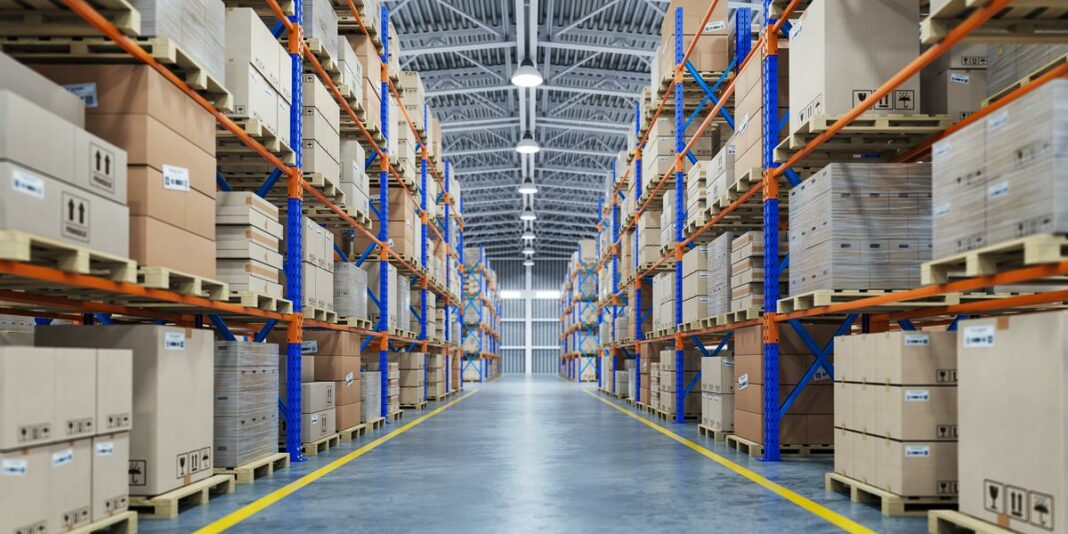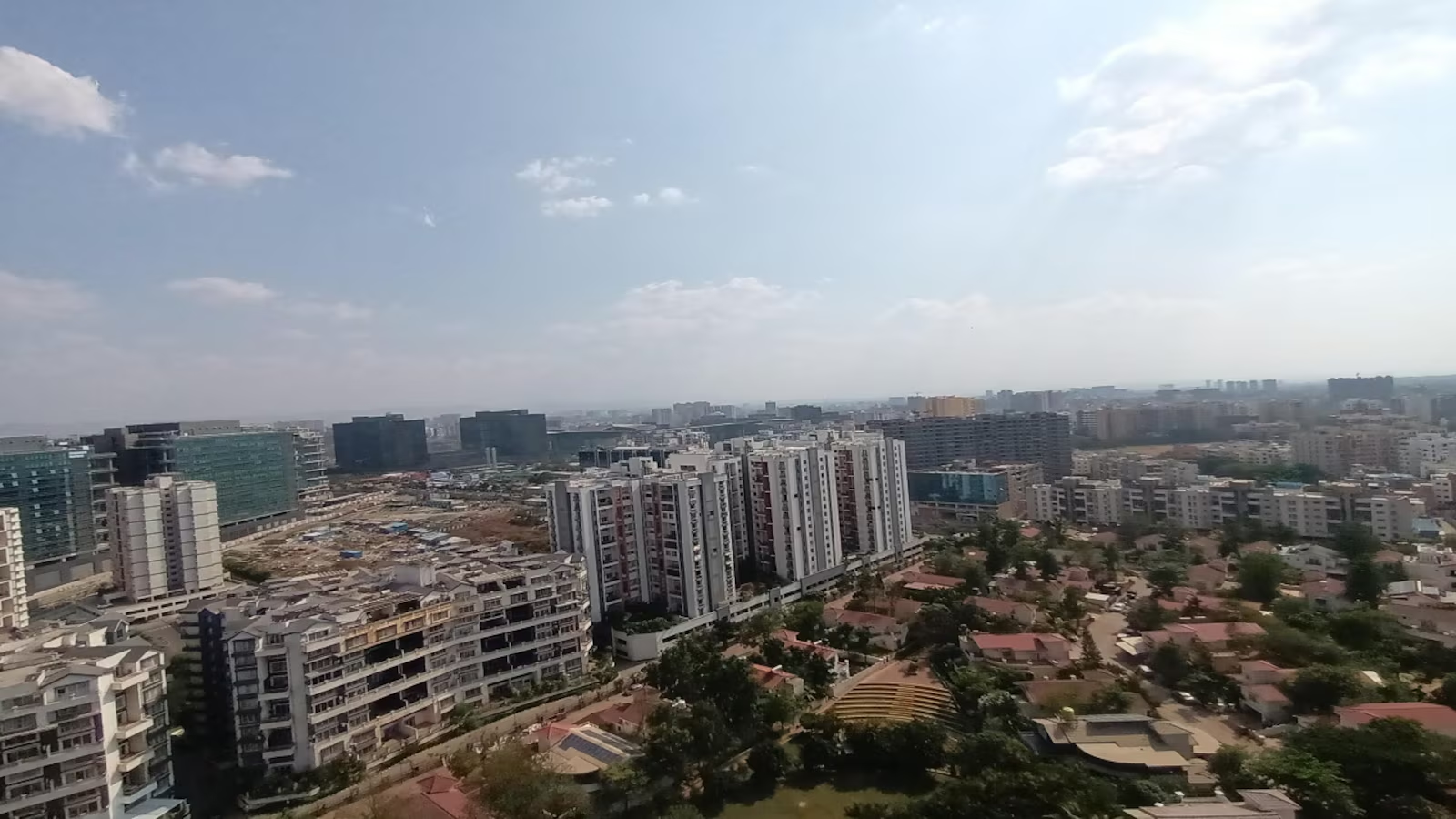News
Lucknow emerging as one of the biggest logistics hubs in northern India: CBRE


Lucknow, August 03, 2023 – CBRE South Asia Pvt. Ltd., said that Lucknow is emerging as a key Industrial & Logistics (I&L) hub in the northern region of the country after Delhi-NCR. According to CBRE, the region has witnessed approximately Rs 400 crore of investment by leading players like Amazon, Mondelez, Flipkart, etc., in the last five years, and an additional Rs 70 crore investment is expected in the development of warehouses in the city.
Demand for quality warehousing space has consistently grown in Lucknow over the past 5 years and attained record levels in FY23. The total leasing in Lucknow region in 2022-23 stood at 0.18 mn. sq. ft., an over 300% Y-o-Y increase in the last three years.
Year Leasing (Mn. Sq. ft.) FY 2020 0.04 FY 2021 0.10 FY 2022 0.11 FY 2023 0.18
Currently, the Lucknow region has a total of 5.2 mn. sq. ft. of warehouse stock with approximately 1.4 mn. sq. ft. of Grade A supply in the pipeline on the Lucknow-Kanpur highway cluster. The capital city of Uttar Pradesh is one of the most important consumption markets in the state and is strategically located with seamless access to East, West, and Central India, emerging as one of the largest logistics hubs of Northern India.
The increased warehousing demand has led giants like Amazon, Mondelez, Flipkart, Tata Croma, Airtel, DHL, Whirlpool, Delhivery, Ecom Express, and Mahindra Logistics to set up their warehousing facilities in the region. Currently, a few developers, including Welspun, BG Link, Nanak Logistics, and Reciprocal, constitute the Grade A warehousing landscape in the Lucknow warehousing market. According to estimates, the sector has the potential to generate direct employment of about 70,000, with an additional 35,000 jobs in allied activities such as transportation and external vendors in next five years.
CBRE had facilitated Mondelez (100,000 sq. ft), Amazon (415,000 sq. ft.), and Mahindra Logistics (75,000 sq. ft.) in the development and leasing of warehouse space in and around the city. A few major factors contributing to the growth of warehousing in the Lucknow region include availability of reasonably priced land parcels, good road connectivity, and benefits of industrial land use classification under UP State Industrial Development Authority (UPSIDA). The multi-city metro rail projects coming up at Lucknow, Kanpur, Meerut and Varanasi, and the upcoming international airport at Jewar and a new airport in Kushinagar are adding strength to the state’s connectivity advantage.
Taking forward the Make in India vision of Govt of India, Uttar Pradesh has already launched UP Warehousing and Logistics Policy 2018, focused on creating employment opportunities in the sector through promoting private investments. The policy envisages to attract investments in the segments like Warehousing, Silos, Cold Storage and associated infrastructure, technological solutions in Real-time logistics, supply chain management, and process improvement.


Anshuman Magazine, Chairman & CEO – India, South-East Asia, Middle East & Africa, CBRE, said, “Being the state capital, Lucknow has become an ideal location for the development of warehouses. Demand for quality warehousing space has consistently grown in Lucknow over the past 5 years and attained record levels in FY23. Robust occupier demand has pushed transactions volume to 0.18 million sq. ft. E-commerce players have been the mainstay of the Lucknow market since the turn of the decade, but majorly 3PL companies led the occupier demand in FY23. With new parks being built and developed, the overall macro environment in terms of road connectivity, new residential developments, and commercial activity around the areas will also improve.
Our office expansion last year in Lucknow reaffirms CBRE’s long-term commitment to providing professional support and enhanced accessibility to our clients across the region. We are confident about the region’s high growth potential as economically thriving with a large and growing consumer market that has led to increased investment activities”.


Jasmine Singh, National Head – Industrial & Logistics Services, CBRE, said, “As demand from large corporates in the 3PL, E-commerce, FMCG and Pharmaceutical industries continues to grow, the demand for development of Grade A compliant facilities is also increasing in Lucknow region. Policy incentives like capital and infrastructure interest subsidy, 50% concession on land use conversion charges and skill development incentives, among others, to private logistics park is acting as a magnet for the warehousing sector in the region. The strategic location of the city limits falling on the Eastern Dedicated Freight Corridor route and ICD Kanpur makes the EXIM and domestic cargo movement seamless through container trains and roads. Upcoming Grade A supply is likely to put Lucknow as one of India’s major Industrial and Logistics hubs.”
On a pan-India basis, continued leasing momentum in the I&L sector is likely to bring overall space take-up at par with the 2022 level. According to CBRE Market Monitor report, growing institutional investor interest could spur the sector to greater heights. The I&L sector’s report (April- June’23), shows that leasing grew by 22% Y-o-Y to 17.2 mn sq. ft. in H1’23. Supply during this period increased by 68% Y-o-Y to 16.7 mn sq. ft.
During the Jan-Jun 2023 period, Mumbai drove absorption activity, with the leasing of 4.0 mn sq. ft., followed by Chennai at 2.9 mn sq. ft. and Bangalore at 2.3 mn sq. ft. The leasing share of these three cities in total leasing stood at 54%. The collective share of Chennai, Kolkata and Mumbai in supply addition stood at 54% H1’23. According to the report, 3PL had a majority share in leasing at 49%, while engineering & manufacturing firms’ share improved and stood at 23%, followed by FMCG stood at 9% during the April- June’23 period. Overall, domestic firms had a 63% share in leasing, while American corporations held a share of about 5%.
The trends indicate that going forward, occupiers to continue to prioritise prime industrial locations in tier-I cities but increasing urbanisation and rising demand from tier-II and III cities to prompt occupiers further to expand in these emerging logistics hubs as well.
-



 News4 weeks ago
News4 weeks agoKW Delhi 6 Mall Onboards New Brands
-



 News4 weeks ago
News4 weeks agoCommercial Realty Gets Tech Savvy: Fast Construction, Enhanced Convenience
-



 News3 weeks ago
News3 weeks agoGodrej Properties Sells Rs 3k cr+ Homes of Godrej Zenith, Gurugram, within 3 days
-



 News3 weeks ago
News3 weeks agoRBI’s Status Quo on Key Policy Rates to Help Maintain the Real Estate Growth Momentum, Say Industry Stalwarts
-



 News2 weeks ago
News2 weeks agoOlive Announces Dhruv Kalro as Co-Founder
-



 News1 week ago
News1 week agoNoida’s High-Rise Societies Face Multiple Challenges Despite Rapid Urban Growth
-



 News3 weeks ago
News3 weeks agoGodrej Properties Sells 5000+ Homes of Rs 9.5 cr in Q4FY24, Bookings up 84% YoY
-



 News2 weeks ago
News2 weeks agoVestian: Domestic Investors Dominate Institutional Investments in Jan-Mar’24

















